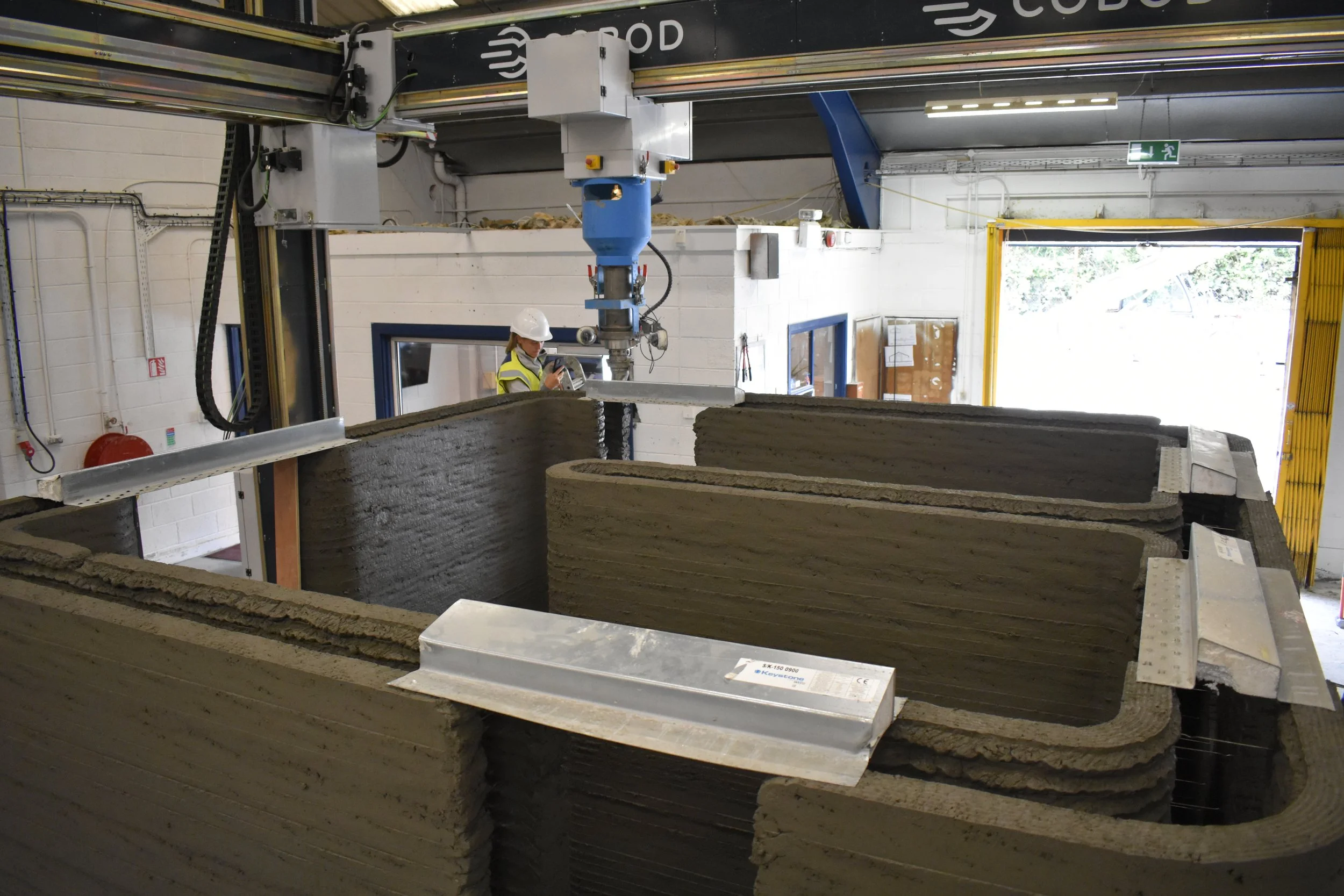The Guardian - The Observer - Has The 3D Printing Revolution Finally Arrived?
3D printing has been making waves in the manufacturing industry for several years, but it's now also beginning to change the face of construction. 3D construction printing allows for the creation of complex and unique building designs, faster construction times, and reduced costs. In an article in The Guardian - The Observer, the question is asked: is the 3D construction printing revolution finally here?
The article cites several examples of 3D construction printing projects, including the world's first 3D-printed office building in Dubai and a 3D-printed house in Nantes, France. These projects demonstrate the potential for 3D printing to revolutionize the construction industry, by allowing for the creation of buildings that are not only unique and visually striking but also more energy-efficient and environmentally friendly.
One of the key advantages of 3D construction printing is its ability to reduce construction time and costs. The article notes that 3D-printed buildings can be constructed faster than traditional methods and can use less material. This is due to the precision of the printing process, which allows for a more efficient use of resources.
Another advantage of 3D construction printing is its ability to create complex and unique building designs that would be difficult or impossible to achieve with traditional construction methods. This opens up new possibilities for architectural design and allows for greater creativity and innovation.
However, the article also acknowledges that there are still challenges to be overcome before 3D construction printing can become more widespread. These include the need for more advanced materials and equipment, as well as greater regulatory clarity and standardization.
Regulations and standardization are ar the forefront of research and development at HTL.tech as this ensures that we are able to maintain quality control by ensuring that 3D printed buildings meet certain minimum quality standards and that the integration of 3D printing technology into existing building codes and regulations are easily faciliated. Finally, standardisation and regulation can also help to build trust and confidence in the technology, encouraging wider adoption and investment in a notoriously conservative industry that has not seen much technology adoption but desperately needs to adapt to be able to meet the current demand in the construction industry.
Despite these challenges, the potential for 3D construction printing to transform the construction industry is clear. As the technology continues to evolve and improve, we can expect to see even more innovative and exciting applications of 3D construction printing in the future.
The benefits of this technology in terms of faster construction times, reduced costs, and greater design flexibility are too great to be ignored. As more companies and governments invest in 3D construction printing, we can expect to see it become a more common and important part of the construction industry in the years to come.
The article can be found here


